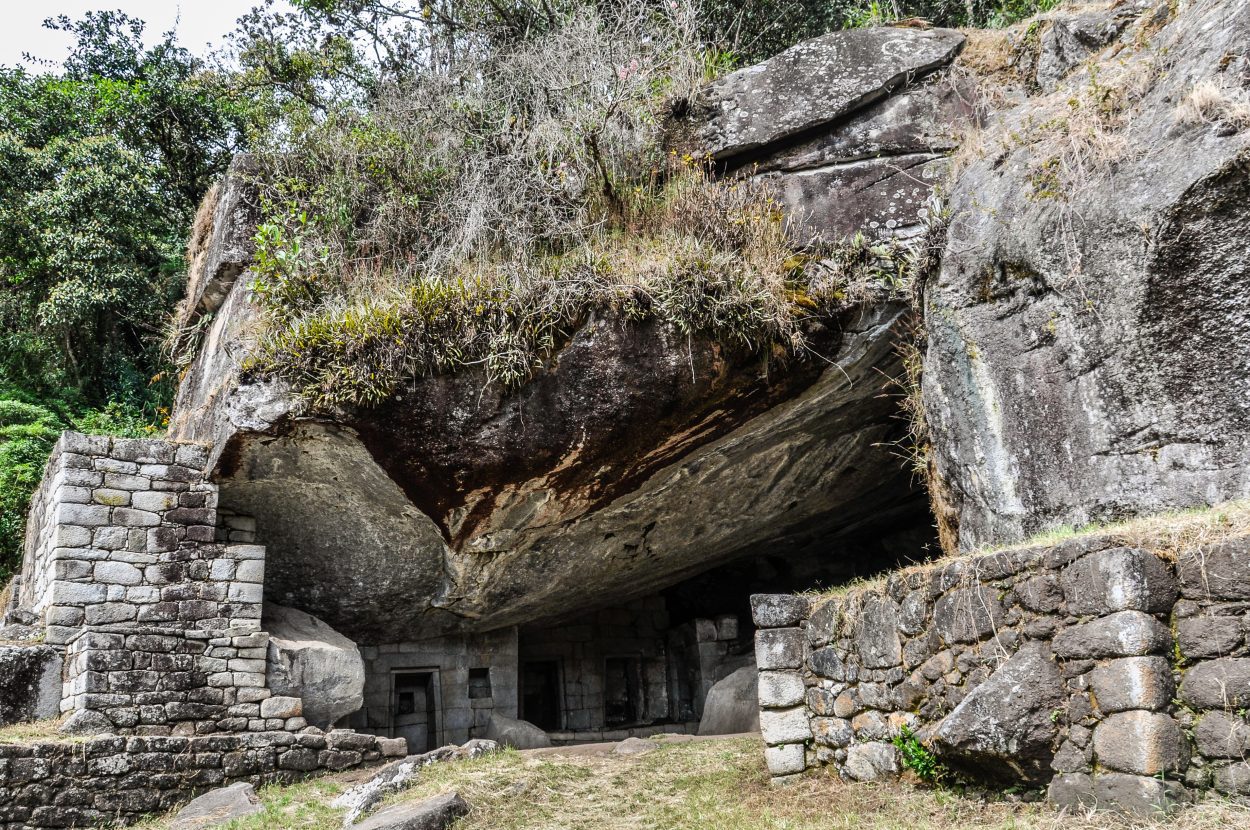The Inca Cave Temple of the Moon
Near the ancient city of Machu Picchu in Peru, the Temple of the Moon is an Inca ceremonial structure built on the open face of a small cave.
An 8-meter-high and 6-meter-wide entryway, as well as a rock carved into the shape of an altar, are among the temple’s features.
Read also: Roman weapons deposit unearthed at Son Catlar prehistoric settlement
The condor, puma, and snake are supposed to represent each of the three Inca planes: the Hanan Pacha (heavens), the Ukju Pacha (underworld) and the Kay Pacha (earth).
A high position under Huayna Picchu on its northwestern face has led to speculation that the site was utilised for burials, a ceremonial bathing complex, or as an observation post
Cave openings were seen by the Inca as places where their ancestors had come from, and they buried their deceased in caverns so that their souls may return. Aside from being holy sites, the Incas regarded caves to be sacred places where they might make sacrifices to the mountain gods.
Read more: Possible Medieval Road Uncovered Near Bannockburn Battlefield
Archaeologists uncovered a building with two tiny openings carved into niches below the site, supporting the notion of mountain worship. It’s possible to see Macchu Picchu’s Cerro Yanantin through the holes. The Cerro Yanantin was also deified at Macchu Picchu’s holy rock, where the Incan people performed ceremonies and made gifts to the soil.




